Hypena (Hypena) rostralis
(Linnaeus, 1758)
-
 Subfamily: Hypeninae
Subfamily: Hypeninae -
 Wingspan: 26-32 mm
Wingspan: 26-32 mm -
 Flight period: Mar - Nov
Flight period: Mar - Nov -
 Spread: Common
Spread: Common -
 Host plants: Humulus lupulus, Urtica sp.
Host plants: Humulus lupulus, Urtica sp.
Information
The Hypena rostralis also called Buttoned Snout is a moth of the Erebidae family, subfamily Hypeninae, with a wingspan of 26-32 mm.
Visible throughout Europe, it is absent from Ireland (and Iceland), in Italy it is also present in the islands. *
The front wings of the Hypena rostralis are gray-brown, sometimes with a predominance of gray, other times brown, spotted and streaked with black
and mixed with light gray; some black lines are visible, sometimes edged with ocher; the inside strongly toothed, the outside almost straight, slightly protruding on each fold.
The costa has oblique dark stripes; the median area, and often the basal one, are darker especially the discoid cell.
The orbicular stigma with a tuft of raised scales, black or white and black, connected by a long black line with an ill-defined black kidney spot outlined in clear.
Light subterminal line, toothed, usually dark, preceded by a brown shade. An oblique black shadow starts from the apex. A row of black gray shaded terminal lunulae
behind. **
The hind wings are greyish with brown-bordered shades of brown with ocher-colored fringes. Long palps of greyish brown color are clearly visible.
The head, thorax and abdomen are greyish brown in color.
univoltine moth, adults can be found in uncultivated areas, in parks, gardens and undisturbed habitats,
come urban deserts, broad-leaved trees, scrubs, clearings and mixed forests from August to October.
They overwinter at the adult stage in garden houses, cottages, other artificial shelters and caves, and then reappear in spring between the end of April and the beginning of June.
Despite fairly common species it is now in decline due to the reduction of their habitats.
The eggs are green with a strongly flattened spheroid shape, with a series of hollows that come from the center of the apex and radiate.
The caterpillar is green with small dark spots, and white lines along the sides.
The chrysalis is cylindrical, elongated with a reddish brown color.
The larvae feed on Humulus lupulus (hops), Urtica sp. (nettle), has also been reported on Rubus (bramble). *
* Lepidoptera mundi https://lepidoptera.eu/ - Fauna Europea https://fauna-eu.org/
** n Seitz, A. Ed., 1914 Die Großschmetterlinge der Erde , Verlag Alfred Kernen, Stoccarda Band 3: Abt. 1, Die Großschmetterlinge des palaearktischen Faunengebietes,
Die palaearktischen eulenartigen Nachtfalter, 1914

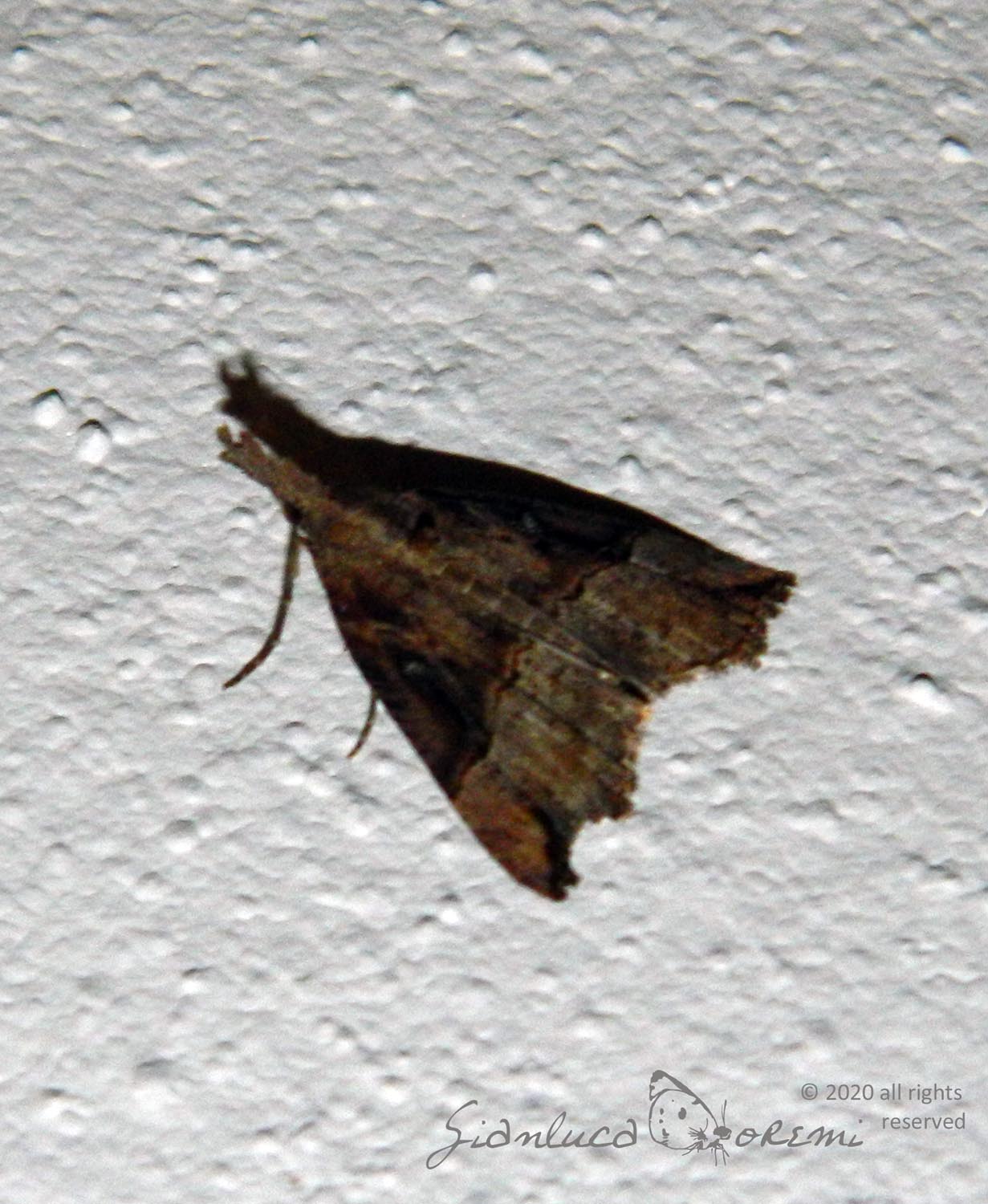
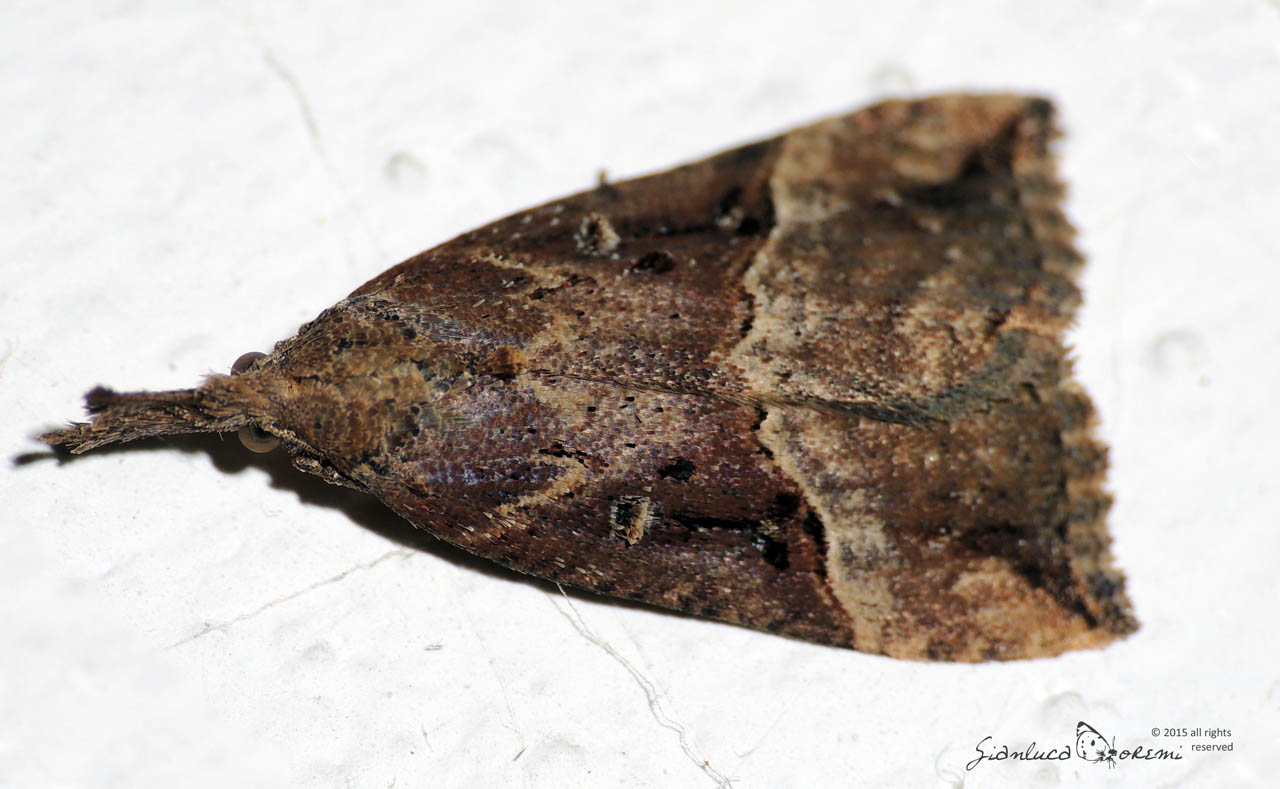
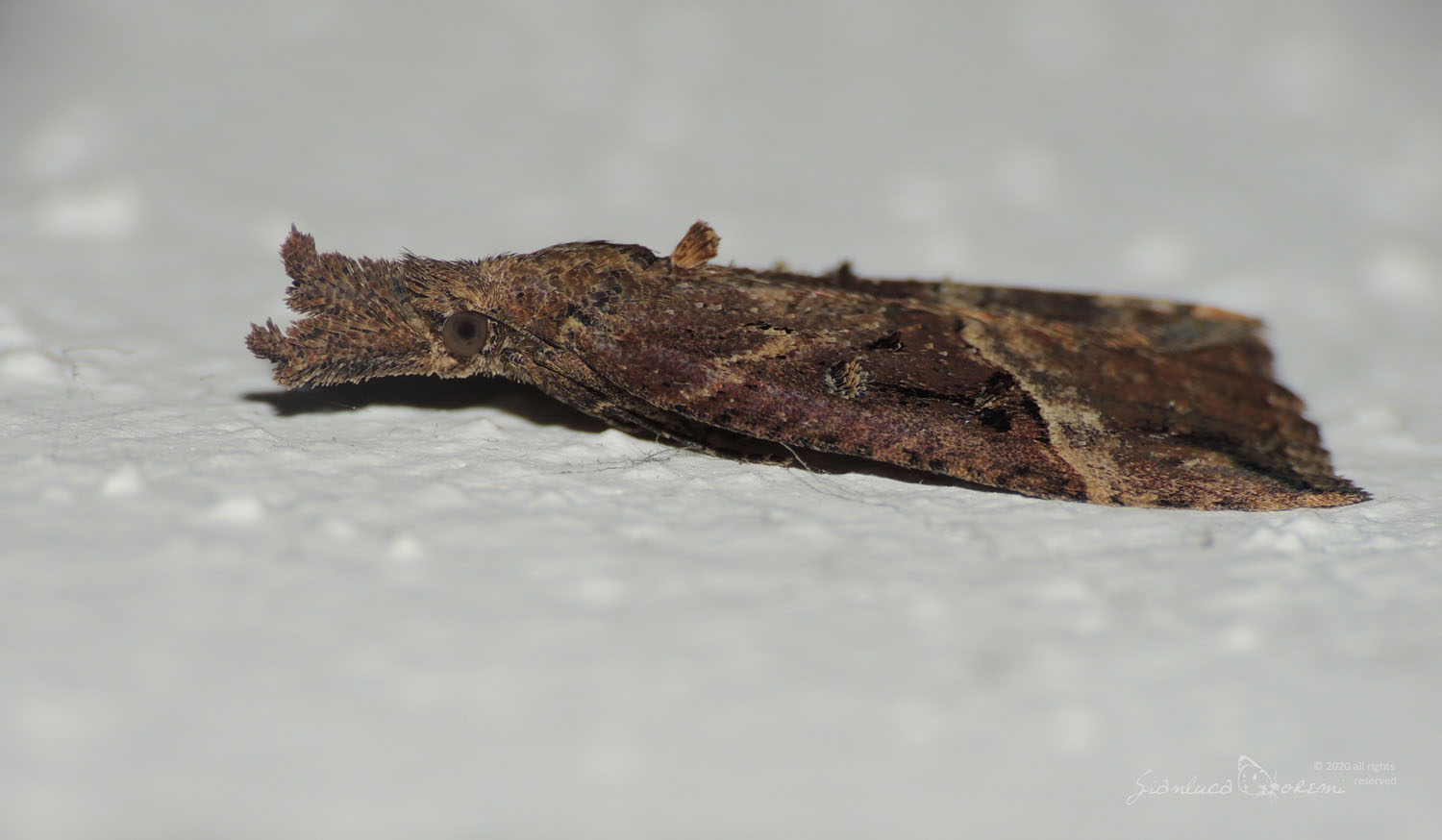
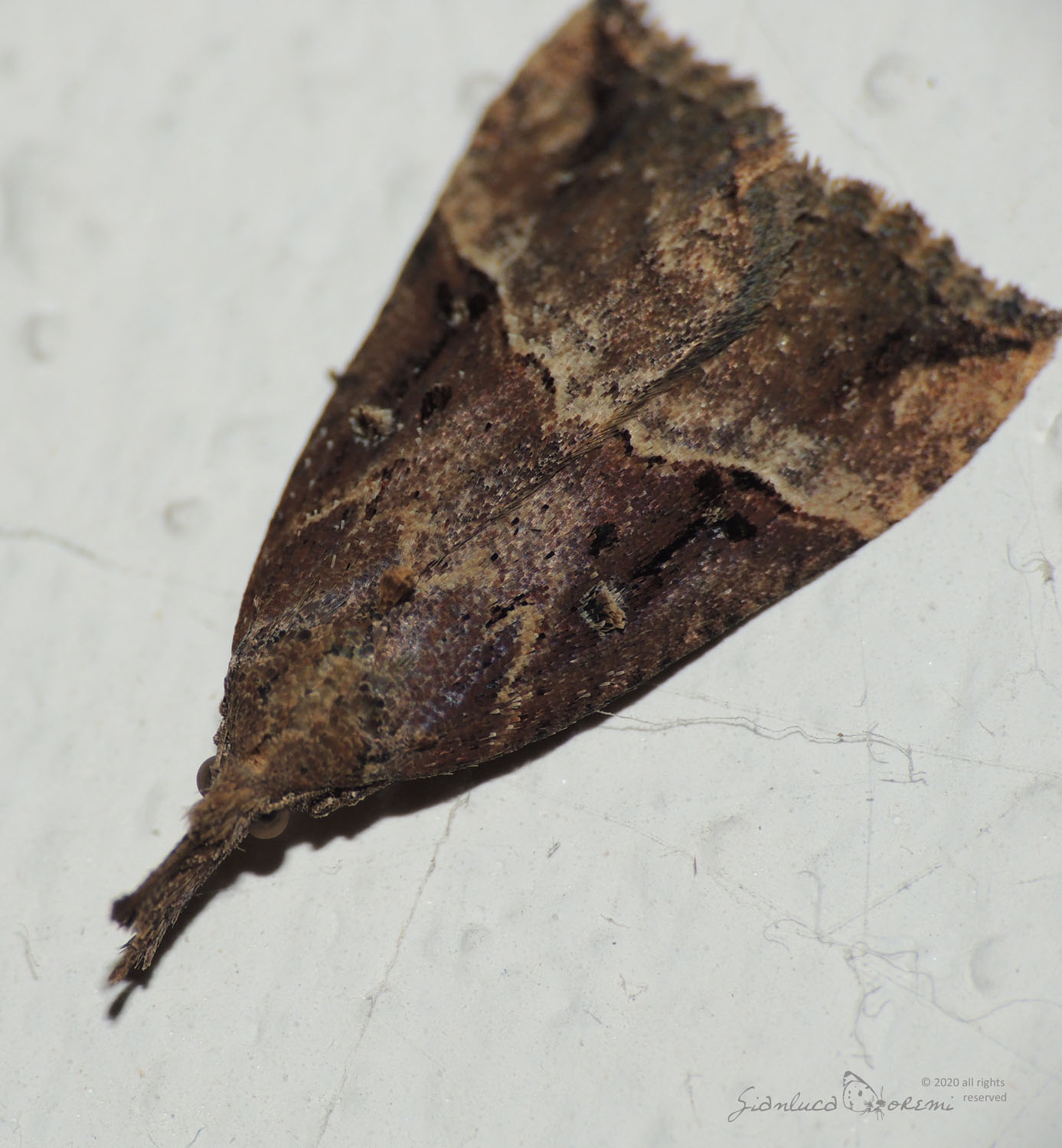
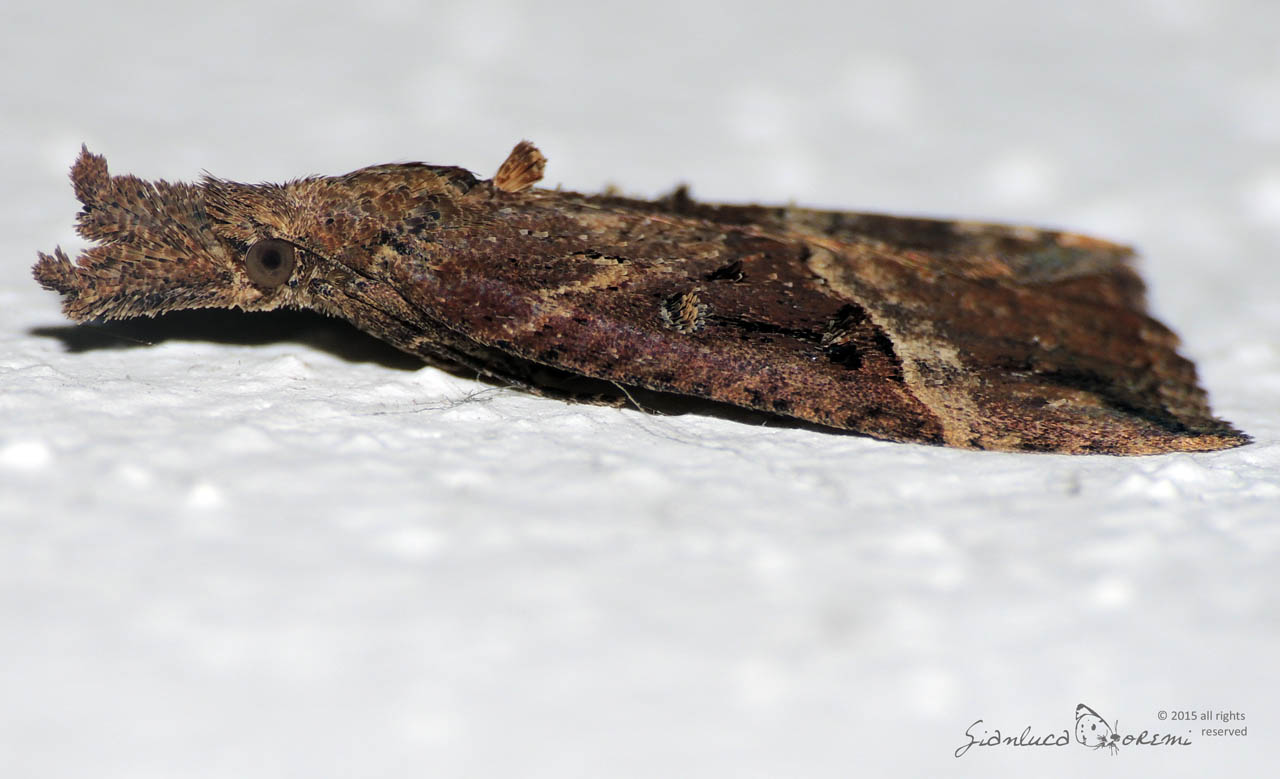
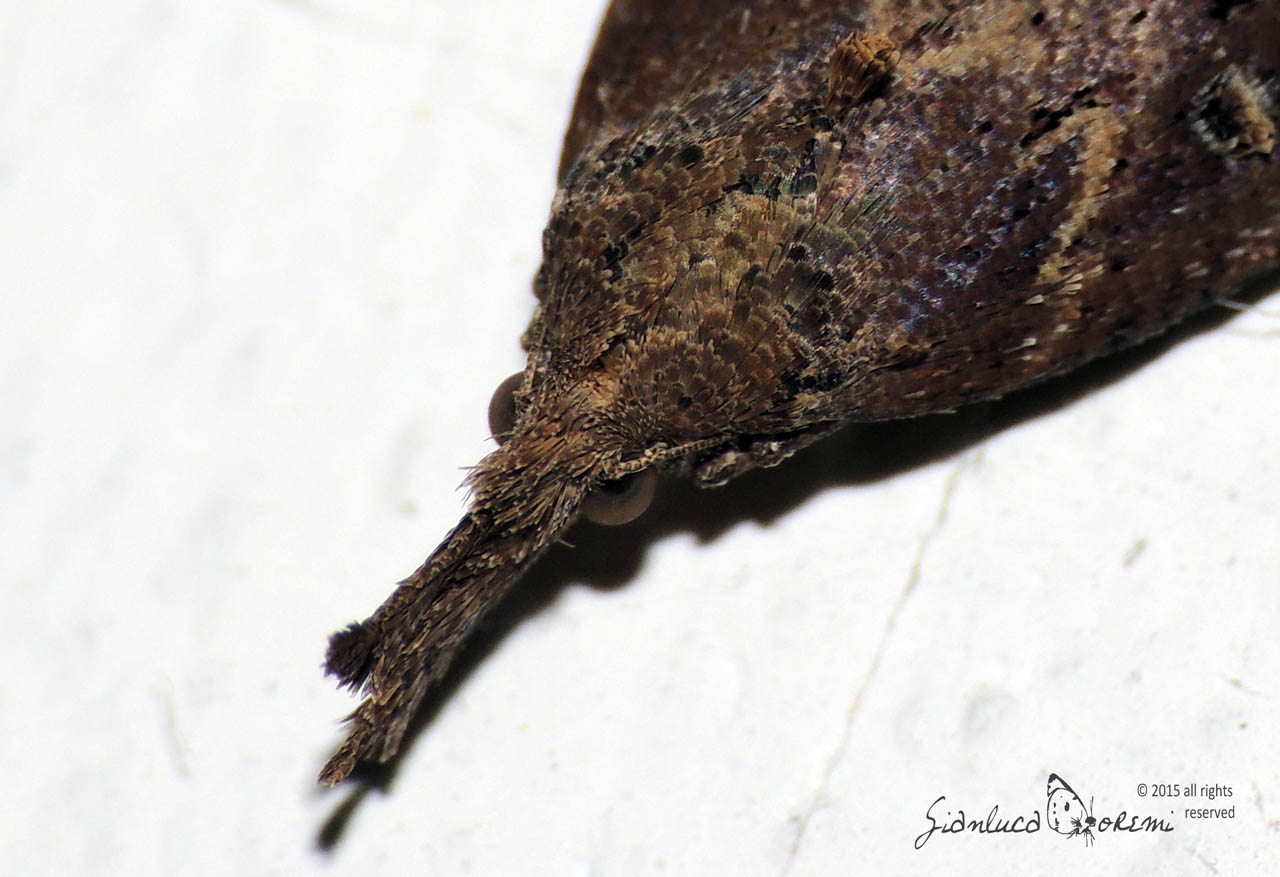
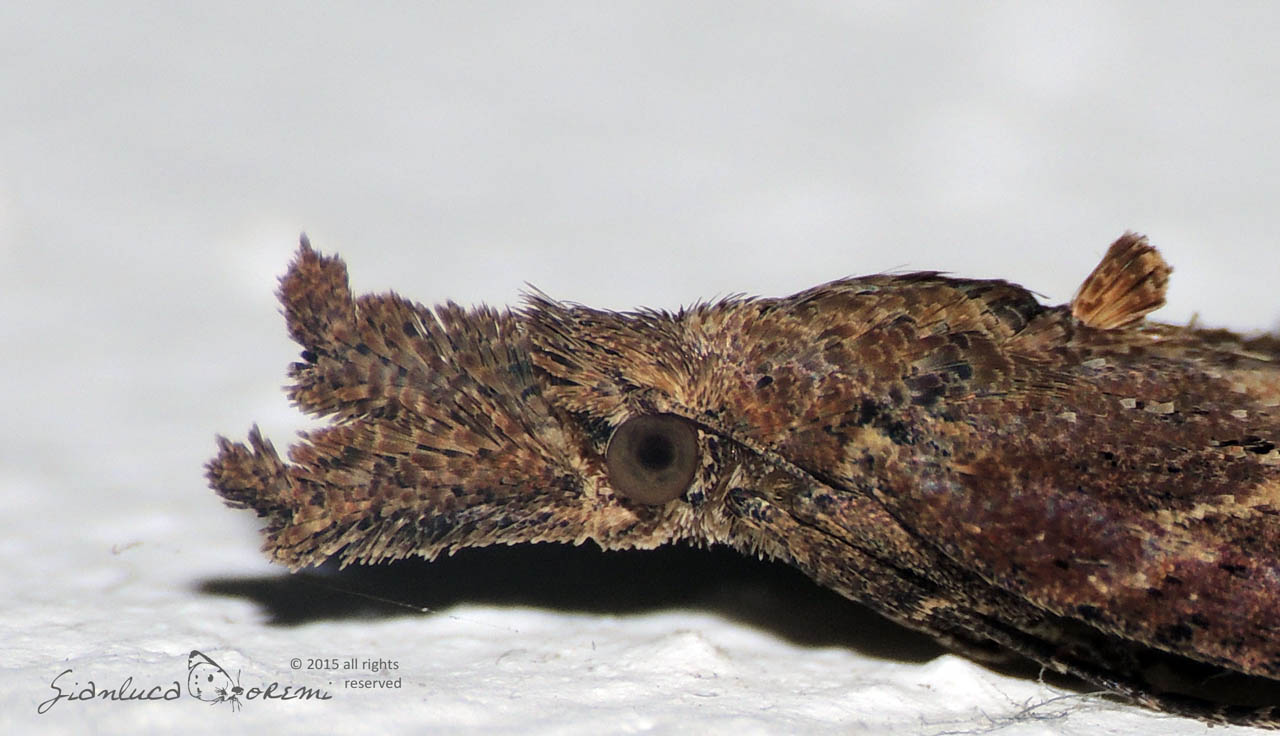

 EN
EN ITA
ITA
Social and publications